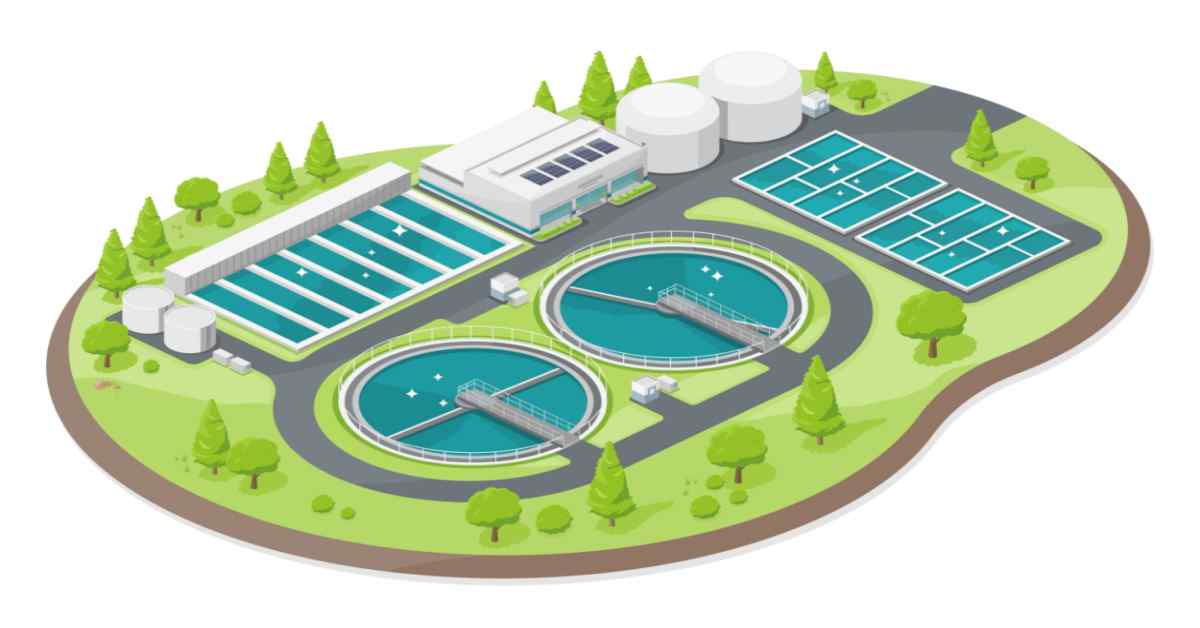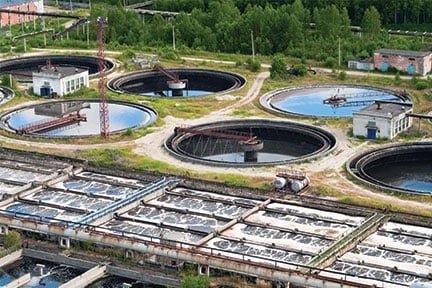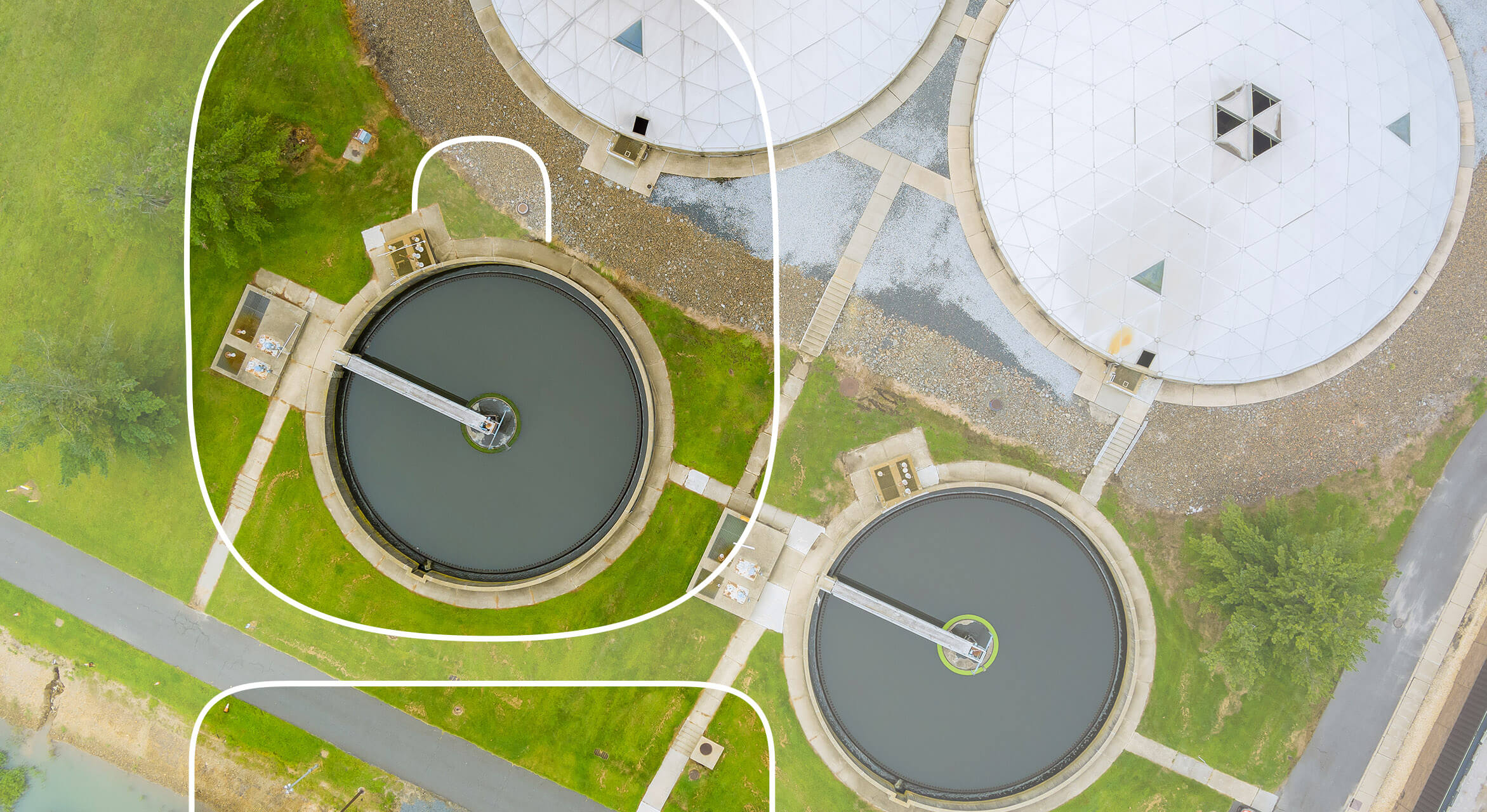Affordable and Eco-Friendly Wastewater Treatment Solutions Locally
Affordable and Eco-Friendly Wastewater Treatment Solutions Locally
Blog Article
Recognizing Wastewater Treatment Processes and Their Environmental Impact
The complexities of wastewater treatment procedures play a crucial role in mitigating environmental challenges linked with water air pollution. Each phase, from initial to innovative treatments, is made to resolve details impurities, eventually safeguarding both public health and aquatic environments.
Review of Wastewater Therapy
Exactly how is wastewater transformed right into a safe resource for the atmosphere? Wastewater therapy is a vital process designed to eliminate pollutants from made use of water, thereby securing public health and wellness and securing communities. This process begins with the collection of wastewater from property, commercial, and commercial sources, which is after that routed to therapy centers.
At these facilities, numerous physical, chemical, and organic methods are utilized to treat the wastewater. Ultimately, organic treatments, such as turned on sludge processes, use microorganisms to damage down organic matter.
The treated effluent can be securely released into natural water bodies or reused for irrigation and industrial objectives, promoting resource conservation. In addition, the treatment process produces biosolids, which can be repurposed as fertilizers or soil modifications, even more boosting sustainability.
Stages of Treatment Processes
The wastewater treatment process commonly contains 3 key stages: preliminary, key, and second therapy. Each phase serves an unique role in lowering the toxin lots and ensuring the effluent satisfies ecological criteria prior to discharge.

The main treatment stage concentrates on the physical separation of put on hold solids from the wastewater. Via sedimentation, heavier particles resolve at the end of sedimentation storage tanks, creating sludge, while lighter materials, such as oils and oils, float to the surface area and are skimmed off. This process considerably decreases the natural and not natural lots in the wastewater.
Second therapy is a biological procedure focused on further decreasing the concentration of raw material. Different methods, including triggered sludge systems and dripping filters, make use of microbes to metabolize natural toxins. This stage is crucial for attaining the essential biochemical oxygen need (BODY) decrease, eventually bring about cleaner effluent prepared for discharge or further therapy. Each phase is important in guarding ecological and public wellness.

Advanced Treatment Technologies
Adhering to the secondary therapy processes, progressed therapy technologies play a crucial role in more improving the top quality of treated wastewater. These modern technologies are made to eliminate residual pollutants that are more not properly eliminated during primary and additional therapies, ensuring the effluent satisfies strict regulative requirements.
Among the widely used sophisticated therapy techniques are membrane layer purification, reverse osmosis, and progressed oxidation processes. Membrane layer filtration, including microfiltration and ultrafiltration, is effective in separating great particles, pathogens, and colloids from the water (Wastewater). Reverse osmosis utilizes semi-permeable membranes to remove dissolved solids, resulting in top quality water suitable for numerous applications
Advanced oxidation procedures (AOPs) utilize strong oxidants to deteriorate organic pollutants, including pharmaceuticals and individual care items that are resistant to traditional therapy. These methods improve the biodegradability of complex compounds, promoting their elimination.
An additional considerable innovation is making use of organic nutrient removal procedures, which particularly target nitrogen and phosphorus, stopping eutrophication in obtaining water bodies. In general, advanced therapy innovations are essential for achieving higher levels of filtration, advertising water reuse, and safeguarding public health and wellness while resolving the difficulties linked with wastewater administration.
Ecological Benefits of Therapy
Countless reference environmental benefits occur from efficient wastewater therapy procedures that add to ecosystem health and sustainability. Primarily, these processes substantially decrease the release of dangerous contaminants into all-natural water bodies, which assists preserve marine communities. By getting rid of impurities such as heavy steels, nutrients, and virus, treated wastewater reduces the risk of waterborne conditions and advertises biodiversity in marine atmospheres.
Additionally, wastewater therapy facilities commonly utilize innovative modern technologies that enable water recycling and reuse. This practice not only saves fresh water sources but likewise minimizes the need on all-natural water products. Improved nutrient removal from wastewater can additionally avoid eutrophication, a process that leads to algal blooms and succeeding oxygen exhaustion in marine systems.
In addition, effective therapy procedures can minimize greenhouse gas exhausts, particularly methane and nitrous oxide, which are frequently launched throughout unattended wastewater decay. By recording and utilizing biogas from anaerobic digesters, facilities can transform waste right into eco-friendly power, thereby adding to a decrease in fossil gas reliance.
Obstacles and Future Trends
While the environmental advantages of wastewater therapy are clear, numerous difficulties continue that prevent optimal outcomes in this area. One major problem is maturing facilities, which often brings about ineffectiveness and raised operational expenses - Wastewater. Lots of treatment plants were created years ago, and their capabilities do not line up with modern-day demands, that page include more stringent regulative requirements and higher quantities of wastewater because of urbanization

Looking ahead, there is a growing emphasis on resource healing and round economic situation concepts within wastewater therapy. Technologies such as anaerobic food digestion, which can generate biogas, and advanced filtering technologies are getting traction. These approaches not just improve therapy effectiveness but also advertise sustainability.
Ultimately, attending to these challenges requires partnership amongst stakeholders, investment in technology, and a dedication to recurring research study. By welcoming these patterns, the wastewater therapy industry can develop to fulfill the demands of an altering environment and society.
Conclusion
In verdict, wastewater treatment procedures play a vital role in improving ecological high quality and public wellness. The multi-stage therapy structure, combined with advanced technologies, properly reduces air pollution and advertises lasting water administration.
Report this page